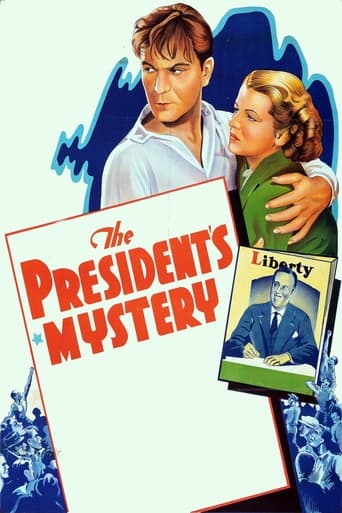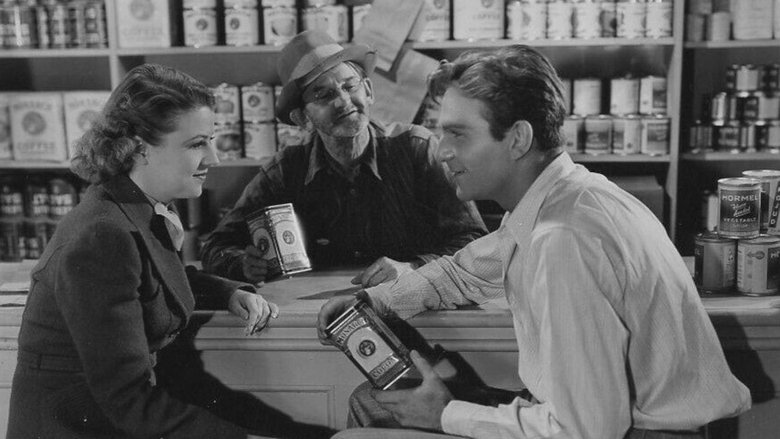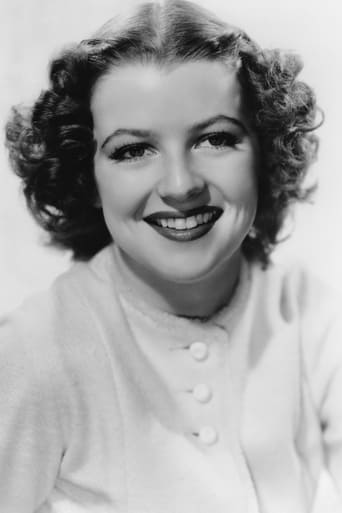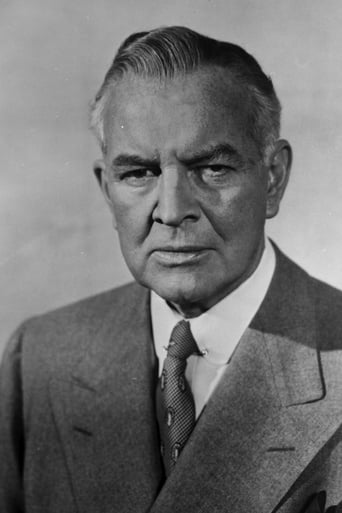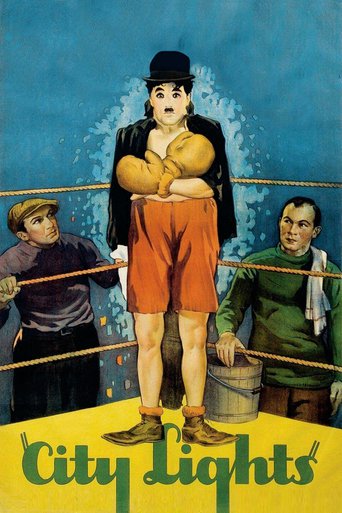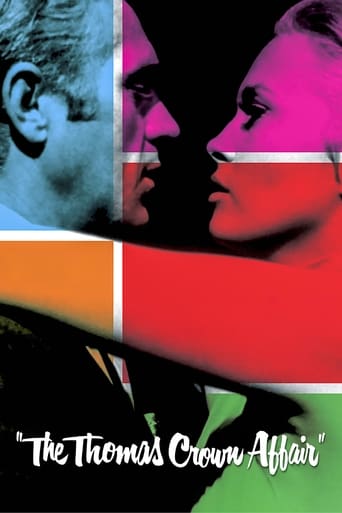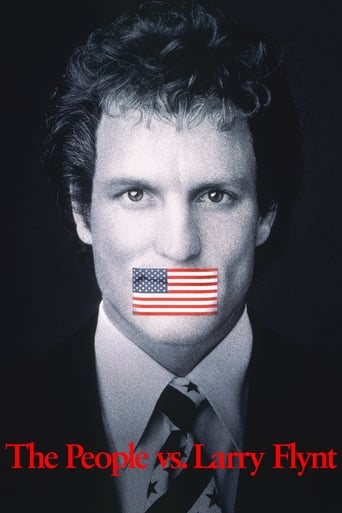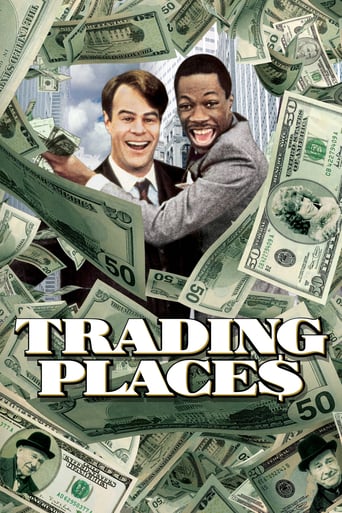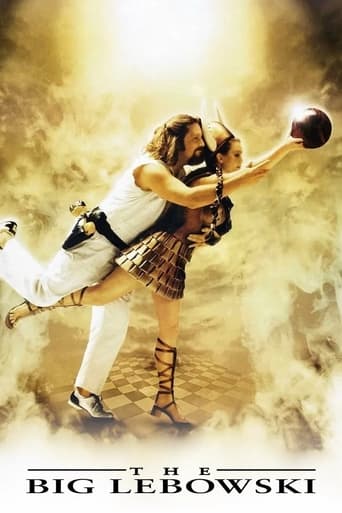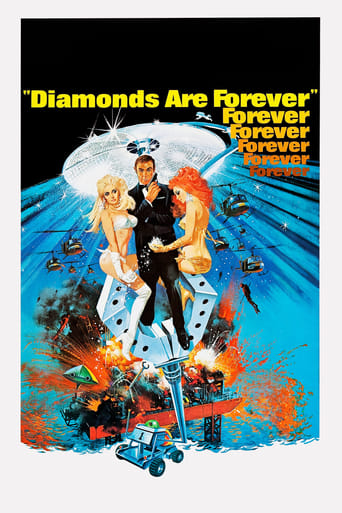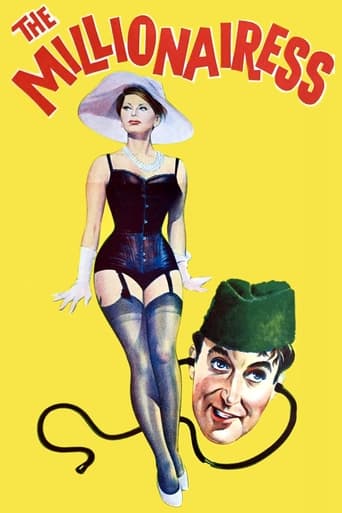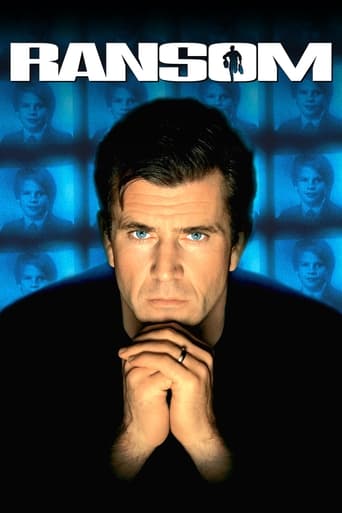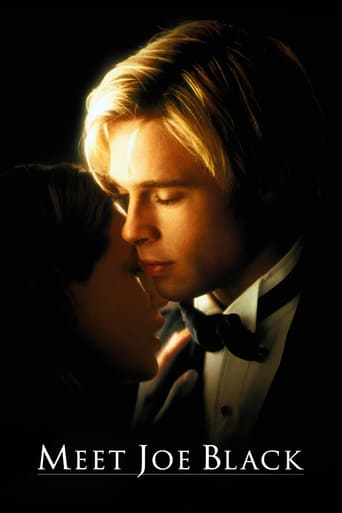The President's Mystery (1936)
The screenplay for this mystery is based upon a story suggested to Liberty Magazine by President Franklin D. Roosevelt. It is the tale of a prominent lawyer who shocks his snooty friends, family and colleagues by abruptly abandoning his successful practice and his wife to find true happiness. He soon falls in love with another woman and continues to keep a low profile until he learns that his first wife stands accused of murdering him
Watch Trailer
Cast


Similar titles
Reviews
Waste of time
Awesome Movie
I like movies that are aware of what they are selling... without [any] greater aspirations than to make people laugh and that's it.
A great movie, one of the best of this year. There was a bit of confusion at one point in the plot, but nothing serious.
Nice programmer with a fascinating backstory. Based on a plot idea (really just a theoretical question) from then-President Franklin D. Roosevelt. It's about a rich man with an unhappy life who, after reading the Roosevelt magazine article that lead to this very film being made (how meta!), decides to liquidize all his assets and skip out on his terrible wife to go become a socialist reformer in a small town. Naturally a pretty young woman is behind this gentleman's sudden ideological transformation. After he sets his plan into motion, something happens that threatens to unravel it all.The Roosevelt connection is interesting, especially if one has read about the President's struggles and personal life around this time. It makes one wonder if anybody in 1936 thought it was strange that a sitting President would be mulling over ideas about middle-aged rich men disappearing and setting up new lives to get away from their problems. Beyond that, I think it's a good B movie with an intriguing premise. The performances are all solid and the direction is creative here and there. It creaks and groans at times, no doubt a mix of its Poverty Row pedigree and the quality of available prints today. It's worth a look but probably more so for the historical elements than because it's particularly entertaining as a mystery film.
I saw an obviously truncated version of the picture with a running time of about fifty two minutes whereas the original length states eighty minutes. That's quite a bit of missing footage and may account for the question mark ending. It seemed to me that the hero Blake (Henry Wilcoxon) saved the Springvale Cannery by rallying the townfolk while his nemesis George (Sidney Blackmer) basically did the same thing by bringing in outside agitators to stir up the locals. So either way the citizens got their cannery back by pulling together against the corporate moneyed interests and their slick lawyers.The hitch in the story occurs when James Blake is accused of murdering his wife after closing out all of his investments and bank accounts. You have to admit it did look suspicious that he disappeared even though he was testing a theory posed by FDR on whether someone with millions could simply vanish with all that money. Back in the Thirties it might have still been possible, but then again, John Corzine lost a billion dollars about a year ago and says he doesn't know where it went and it doesn't look like he's been called on it. So who knows.Anyway, actor Wilcoxon who I haven't seen before, was fairly effective using the old Clark Kent ruse with the glasses to appear like two different characters. Betty Furness appears as his country sweetheart in an unconvincing role, perhaps offering a clue as to why she made a bigger splash in the world of consumer affairs. Though the story's a bit muddled it's entertaining enough nevertheless, and there's even some unexpected comic relief from Blake's butler Roger (Barnett Parker) who amuses with his upper crust style.
Everybody seemed to have a hand in this story, there was President Franklin D. Roosevelt, who suggested it - S.S. Van Dine (Philo Vance's creator), Rupert Hughes, Nathanial West, but the idea wasn't new. In 1933 Paramount's "The Woman Accused" starring Nancy Carroll had much publicity about the collaboration of ten authors (Vicki Baum, Zane Grey, Irvin S. Cobb etc) on the screenplay. With both films it was a case of two many cooks spoil the broth. "The President's Mystery' wasn't bad and it did have a role for the sultry, under-rated Evelyn Brent. She had such a varied career with stardom in America and also in Britain in the 20s. By the early 30s her days of heady stardom were over, although many fans wondered where she was. Actually she was becoming a character actress in independent productions like "The President's Mystery".Jim Blake (Henry Wilcoxon)is disillusioned with life. He is sent to Washington by the firm he founded - he now thinks George (Sidney Blackmer) is running it like a cheap racket. They want him to kill the Senators bill to reconstruct trade. His wife Ilka (sultry Evelyn Brent) is having an affair with George and is quite pleased Jim will be out of town, as George's wife Patty is going to the boat races. Jim comes home to take a well earned fishing vacation.During his trip he sees "ghost towns" - towns shut up through unemployment. One little town has just had it's cannery closed and it's future is grim. Under a new name Jim "Carter" is persuaded by Charlotte Brown (Betty Furness always brought an intelligence to her roles) to come to Springvale an reopen the cannery.He is reading a magazine and happens to read "The President's Mystery" which poses the question - "can a man liquidate his entire fortune and disappear"?? - Jim does that as well as faking his own death!!! Meanwhile his wife has insisted on a rendezvous with a by now disinterested George, who sends a henchman, who in turn roughs her up and accidentally kills her. When Jack's car and "body" are found in the river, people assume he has killed himself and his wife because of bad investments. As Jack "Carter" he is now head of the Springvale Cannery. When George pays a visit to see if he can buy the cannery out, he recognises Jack and brings in the law to have him charged with murder!!! With Blake out of the way George hires some "roughnecks" to stir up trouble. With the help of a friendly sheriff Blake escapes and is able to calm the angry mob.Recommended.
"The President's Mystery" isn't really a mystery, but it's a well-made B-picture with an interesting premise. President Franklin D. Roosevelt was fond of reading murder mysteries. On 12 May 1935, at a White House luncheon, FDR offered his lunch guests an idea for a mystery: How could a millionaire disappear and start a new life for himself, under a new identity, yet manage to take his wealth with him? One of the guests at that luncheon was magazine editor Fulton Oursler, who wrote mystery stories under the pseudonym 'Anthony Abbot'. Intrigued by FDR's idea, Oursler contacted five other authors (including S.S. Van Dine, creator of the popular Philo Vance mysteries), and they set out to write a novel that could answer FDR's question. This was published as "The President's Mystery Story", with FDR listed as co-author (although he contributed only the premise). It is not a very good book, due to its patchwork structure: the various chapters are written by different authors of radically different styles and widely varying talent. But largely due to its novelty appeal and FDR's personal popularity, "The President's Mystery Story" became a best-seller.This movie is the film version, with a title card in the opening credits explaining FDR's participation. The screenplay was written by Lester Cole and the grossly overrated Nathanael West, who brings none of his own sardonic viewpoint to this movie.Industrialist James Blake (the underrated actor Henry Wilcoxon, who later submerged his career into C.B. DeMille's) has messed up his personal life and he wants to start over in a new identity ... but he doesn't want to lose the fortune he's already compiled. He hits upon a very clever plan which might actually have worked in the 1930s, but which nowadays (with computer databases and biometric I.D.) couldn't possibly succeed. Blake locates a crooked investment firm run by two con men (one of them is played by Charles Williams, the meek little actor who played Eustace Bailey in "It's a Wonderful Life"). Claiming to have enough evidence to put the crooks in prison, Blake bullies them into abandoning their investment firm without dismantling it. Blake then secretly takes over the brokerage without any paperwork to document the transfer. Operating in the open, he then proceeds to invest his own fortune in the crooked brokerage house ... thus neatly robbing himself! (But how does he withdraw the money after he deposits his cheques?)Because Blake is publicly perceived to lose his fortune, nobody is surprised when he vanishes ... an apparent suicide. He establishes a new identity with plausible ease (again, this was before high-tech I.D.) and it looks like he's accomplished his goal. But then something goes wrong...There are several good performances here, most notably Wilcoxon's, Sidney Blackmer's and a comic turn by Barnett Parker in his usual silly-ass Englishman mode, and a performance by the underrated John Wray. Byron Foulger gives his usual inept performance as a milquetoast. Betty Furness is dull and unattractive, as usual for her.I'll rate this movie 5 out of 10. FDR's participation is almost nonexistent, and co-screenwriter Nathanael West's influence on the material is minor. But this modest film has some genuine merits and an unusual story; I recommend it.

